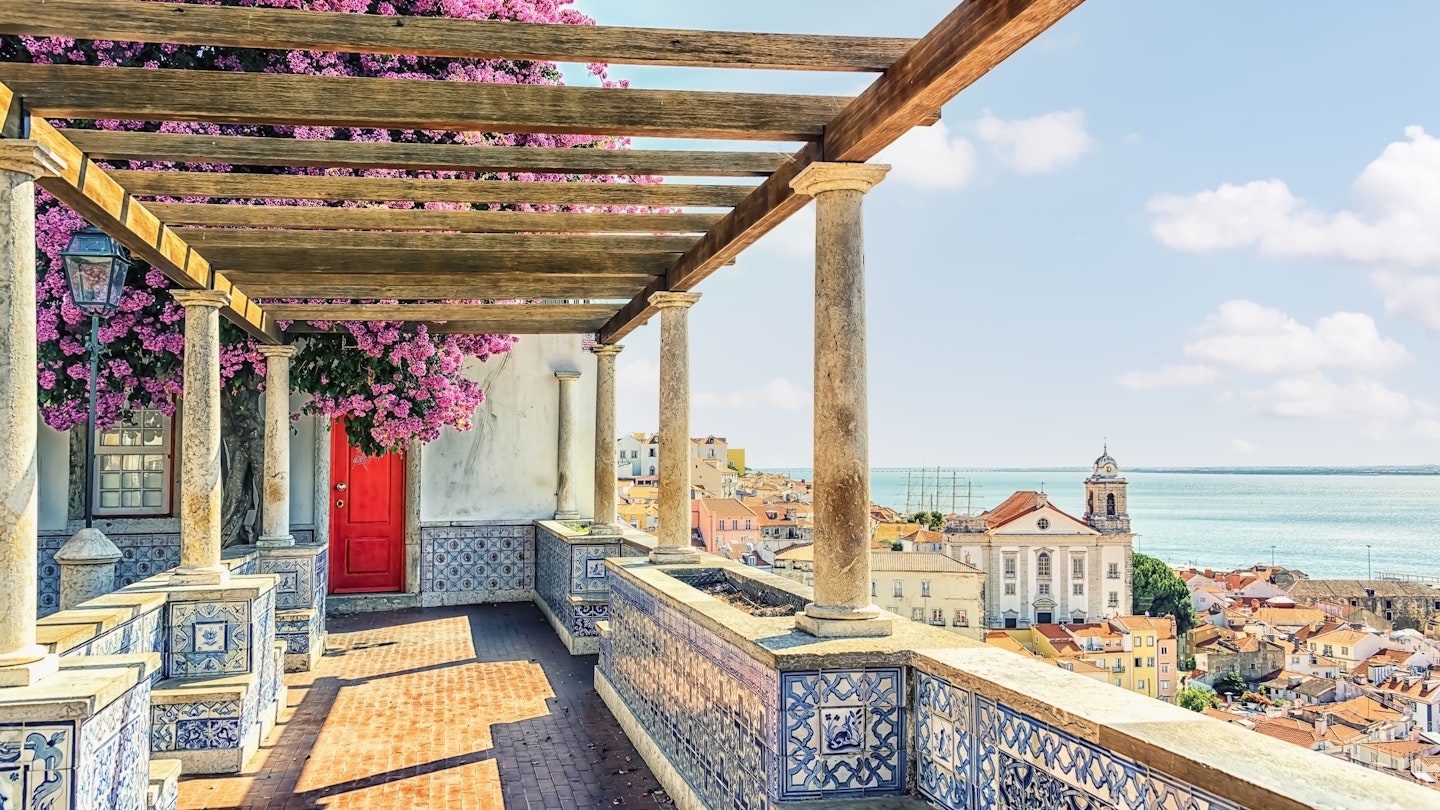Exploring the Journey from Lisbon to Madrid
Sometimes the journey is as rewarding as the destination itself. Traveling by train from Lisbon to Madrid certainly falls into that category. Instead of opting for a quick overnight service, why not enjoy the stunning views and delightful towns along the way?

Wave Goodbye to Lisbon
While the ticket might not indicate it, the Portuguese leg of the trip involves a transfer in Entroncamento. My journey begins at 7:45 AM from Lisbon’s Santa Apolónia station on a commuter train with no assigned seating.
As we depart, the train clings to the left bank of the Tagus River, gradually transitioning from the industrial suburbs of Lisbon to marshy fields. After approximately an hour, the scenery shifts to rolling hills adorned with oak trees and vineyards. After about two hours, we arrive in Entroncamento, and I have just a few minutes to switch to the next train.
A Quick Change at Entroncamento
Upon arrival in Entroncamento at 9:28 AM, I step onto my ride to the Spanish border town of Badajoz. This vibrant green commuter train whizzes through a picturesque landscape typical of Alentejo, Portugal’s rural heartland. I take delight in the views of rolling hills, whitewashed villages, and remnants of historical structures like abandoned castles.

Wander Through the Charming Streets of Badajoz
If my train from Entroncamento is on time, there is typically a quick transfer available to a train bound for Madrid. However, wanting to savor my lunch and explore Badajoz, I choose a later departure, granting me about four hours to enjoy this historic city.
The train station is located in the modern part of town, just a 15-minute walk from the more intriguing old town. After exiting the station, I follow Avenida Carolina Coronado, cross the 15th-century Puente de Palmas footbridge, and enter the historic town via the 16th-century Puerta de Palmas.
Arriving around 2 PM, I find that several museums are closed for their daily siesta. Yet, lunch is just starting, and I take the opportunity to enjoy some local cuisine.
Lunch Recommendations
- Tortilla española and Morcilla (blood sausage) at a traditional bar in the heart of the old city.
- For a more upscale experience, visit Galaxia, slightly outside the city center.
After lunch, I explore Badajoz’s ancient center. From Plaza de la Soledad to the intricate architecture of the Plaza Alta, the town’s charm impresses me. Ultimately, I arrive at the Alcazaba, the largest Moorish citadel in Spain, where I enjoy walking the ramparts and soaking in the breathtaking views of the town and the river.

The Final Leg Before Madrid
At 5:36 PM, I board a modern, high-speed train operated by Renfe to Madrid. The comfortable seats and onboard entertainment provide a pleasant environment as we glide through the Extremadura region, featuring vast olive plantations.
As night falls, I drift off to sleep, waking only as we arrive at Madrid’s bustling Atocha station at 10 PM, approximately 13 hours after embarking on my journey in Lisbon.
Making the Journey Possible
Travel Tips
- Tickets for trains must be acquired from both Comboios de Portugal and Renfe, as they are unrelated entities.
- Food options vary, with Portuguese trains offering limited snack options, while Badajoz to Madrid trains include a dining car.
- Traveling light will facilitate city exploration, as Badajoz’s train station lacks luggage lockers.
- Be aware of possible train strikes in Portugal; checking up-to-date information before booking is essential.




